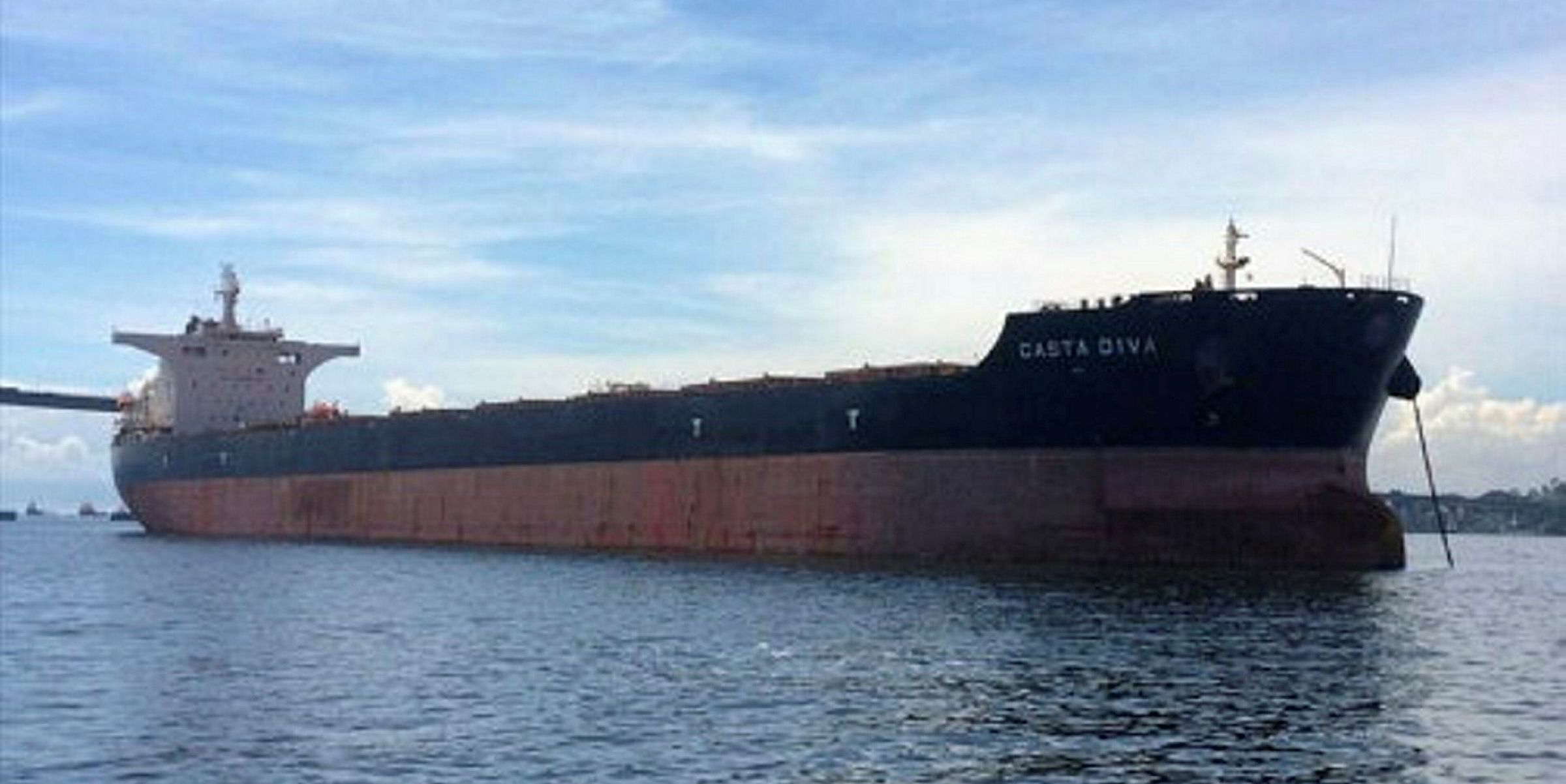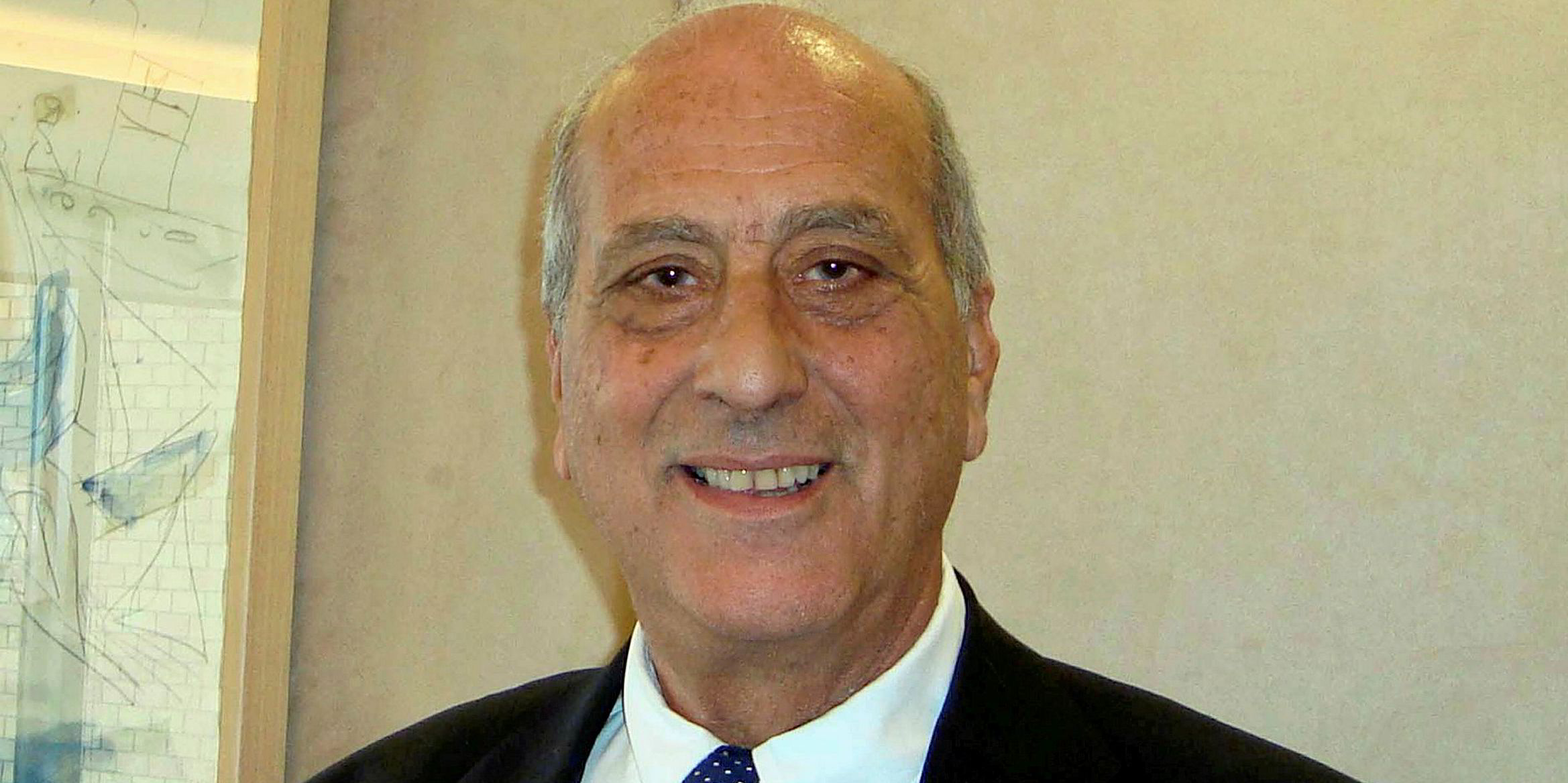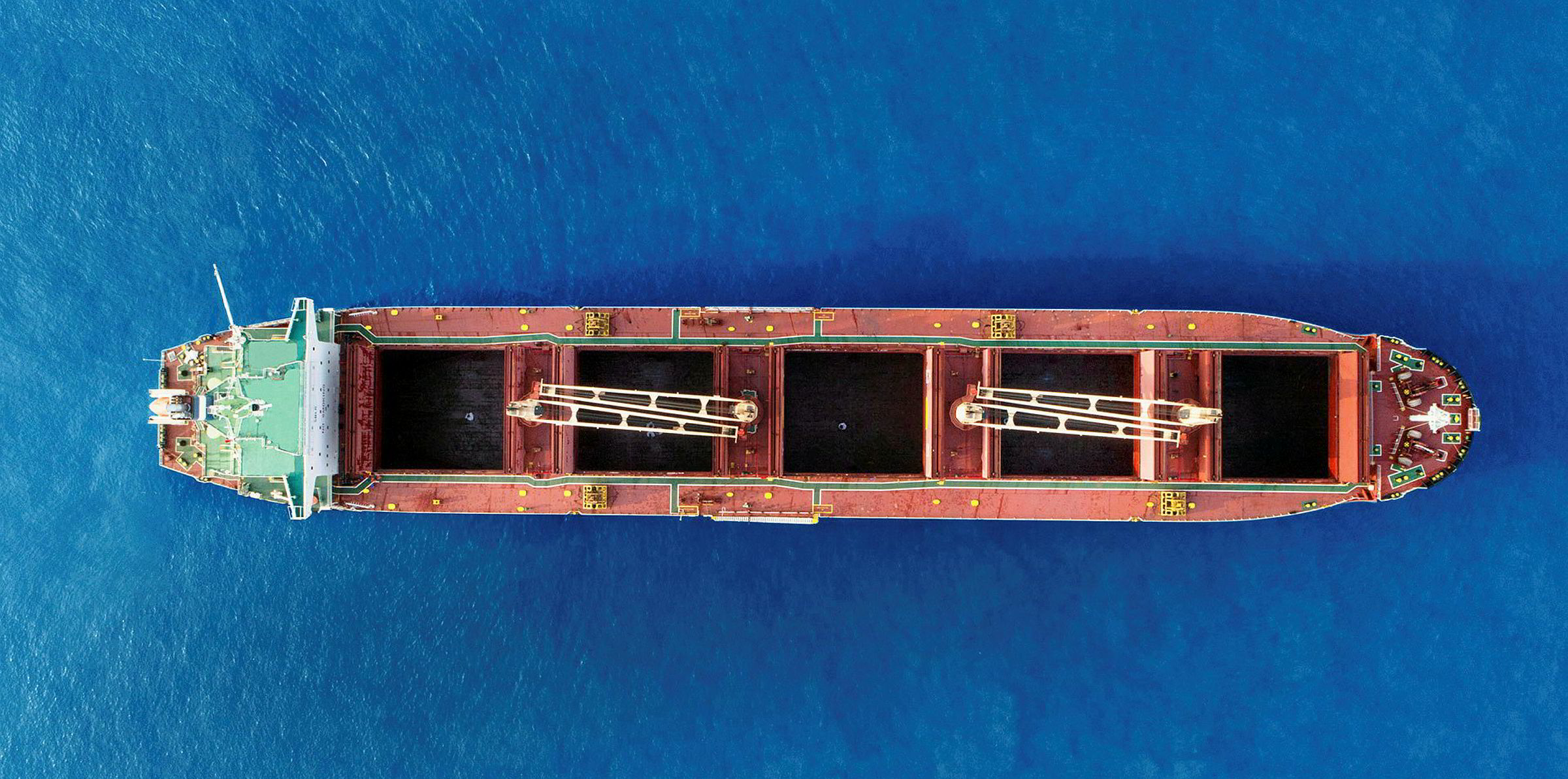An awakening of the capesize market is prompting some idle vessels to move into position for business again.
Four such ships in the fleet of Greek owner Centrofin have interrupted several weeks of inactivity in Far Eastern waters and are now ballasting towards Australia for fixtures, according to AIS data.
The 175,100-dwt Philippos A (built 2011) had been sitting out the market slump the longest, being anchored off Hong Kong since late January. It is now reported sailing towards Hay Point.
The same pattern applies to another three Centrofin capesizes: the 176,000-dwt Evgenia (built 2011), the 175,200-dwt Calliope P (built 2011), and the 177,800-dwt Casta Diva (built 2011).
The trio had been anchored in a single group, or ballasting, around the Taiwan Strait since late February. All three ships are now heading to Port Hedland, Australia, for fixtures.
These waters are the natural hunting ground for Centrofin’s five capesizes, which are busy between Australian load and discharge ports in South Korea and northern China.
A source close to the company said Centrofin doesn't like to fix at a loss, so just waited "for a voyage that would make some sense".
That means the company's ships escaped much of the worst of the capesize market slump.
The Baltic Capesize Index slid to negative territory for the first time in history on 31 January. That was just about the time the Philippos A entered a prolonged waiting period. The index hit a record low of minus 411 points on 10 February.
Last week, however, the index turned positive again. On 7 April, it climbed to 356 points, its highest level since 22 January and up 29% year-on-year. Average earnings for non-scrubber fitted ships rose above $5,000 per day for the first time this year, Clarksons wrote.
Trading between China and West Australia was at the centre of much of that lift, according to the Baltic Exchange.
According to data by Signal Maritime, vessel supply for the Port Hedland area in Australia dropped abruptly in the first week of April, while Australia-China freight rates increased.
The fifth capesize of Dimitris Procopiou-led Centrofin, the 175,800-dwt Polymnia (built 2011), is understood to have always been in business throughout that period.





